6 numbers that tell an eye-opening story about hygiene, faucets and your health
Articles

Because of COVID, it's become clear that cleanliness matters to most of us now more than ever before. There's a heightened awareness among the public of the importance of hygiene and the impact it can have on our health.
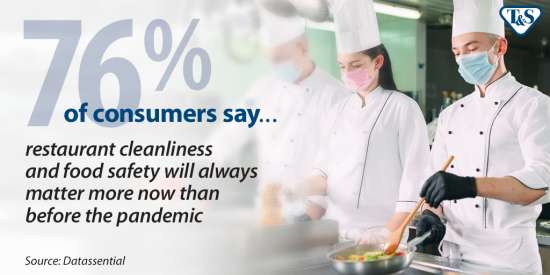
But getting clean is not always as easy it seems.
In heavily trafficked public restrooms, surfaces can get dirty quickly.
A 2014 study of restrooms showed that normal use can leave a shocking number of bacterial cells on bathroom surfaces. These included both skin-associated and gut-associated bacteria.
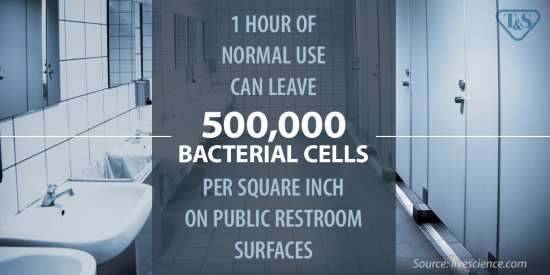
Many pathogens die off quickly on the cold, hard surfaces of
restrooms, but there are known instances in which shared surfaces like faucet handles can lead to disease transmission.
A late 2020 cluster of COVID cases among transit workers in Tokyo was linked to contaminated faucet handles in a shared restroom where workers washed their hands and brushed their teeth.
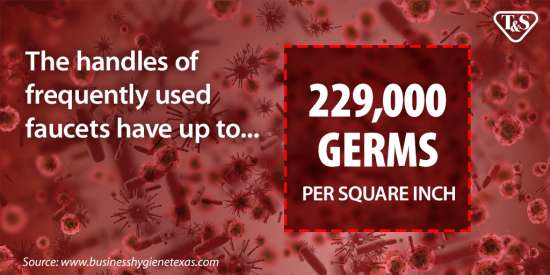
One public restroom evaluation found that faucet handles were the second dirtiest location in the bathroom, second only to the toilet paper dispenser. Even the toilet seat harbored fewer bacteria per square inch.

The good news is that handwashing is known to be an extremely effective weapon against contamination, even in the germiest of places like public restrooms.
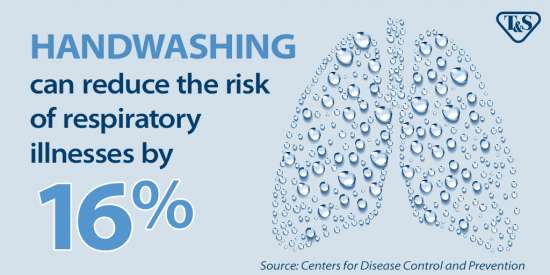
To get the most benefit, handwashing needs to be performed correctly - and sadly, most of us do a terrible job at that.
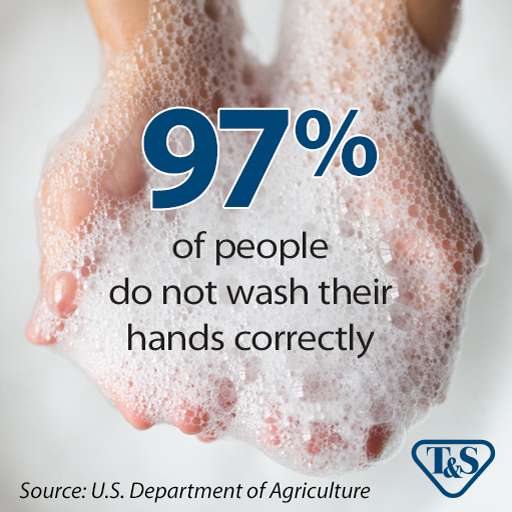
The biggest error was in failing to scrub for the recommended 20 seconds.
Other handwashing best practices include being sure to clean all surfaces, even under the fingernails, and using a towel, elbow or other means to turn off manual faucets to prevent recontamination of clean hands.
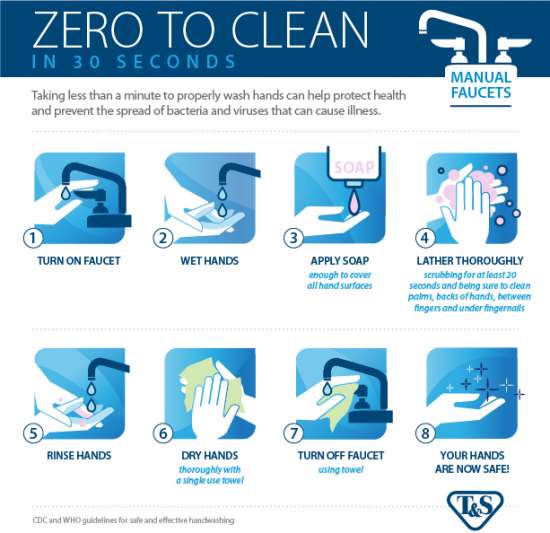
Get an extra boost of cleanliness with sensor-operated faucets, which prevent users from having to touch a potentially grimy faucet handle.
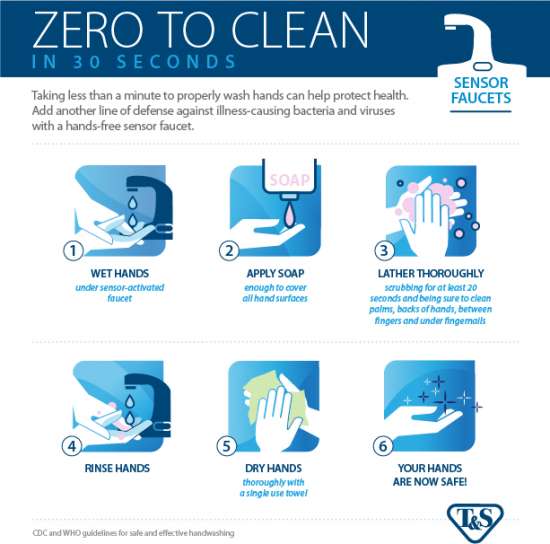
Learn more about the potential benefits of electronic sensor faucets in preventing contamination and saving water in this infographic, and find the perfect match for your needs with T&S ChekPoint faucets.







